AO Edited
Traitors' Gate
The watery entrance for condemned prisoners heading to the Tower of London is still visible along the Thames.
For centuries, British prisoners accused of treason had a special, particularly horrifying route by which they were taken into the Tower of London.
Traitors’ Gate was originally called Water Gate, because that is what it was, a means for King Edward I and other royals to get into St. Thomas’s Tower by water. When the gate was built in the late 1270s, along the River Thames, the tower was a residence for the royal family.
Over time, the Tower of London was more and more commonly used as a prison for those accused of treason against the crown, and those prisoners were brought to the tower by water. The first known use of the name “Traitors’ Gate” was in 1544.
Such well-known figures as Sir Thomas More, Sir Walter Raleigh and Queen Elizabeth I (before she was queen) entered the tower through Traitors’ Gate. There is disagreement about whether Queen Anne Boleyn was brought through the gate when she was taken to the tower.
The placement of the gate meant that prisoners often passed under London Bridge on their way to the tower. Until the late 17th century, the heads of prisoners who had been executed were displayed on pikes beneath the bridge, which must have been very unsettling for new prisoners.
Over the centuries, hundreds of prisoners passed through the gate, many never to return alive. In the mid-19th century, the outer archway of the gate was bricked up because the water level had risen. It is clearly labeled for those looking from across the river.
Know Before You Go
Visible from the exterior of the Tower of London, travelers on a budget can see the Thames side of the grate for free. However, if you have the time and money, paying for a full tour in the Tower of London is recommended. It will also give you a better view of Traitor's Gate and the steps. Schedule plenty of time for this visit.









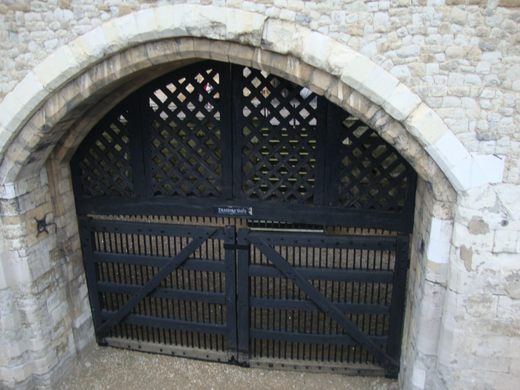





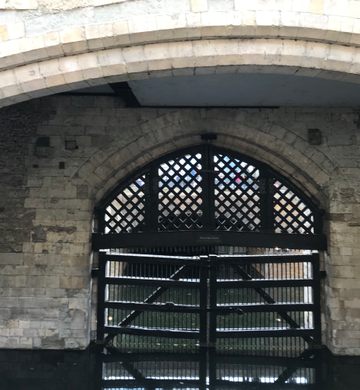
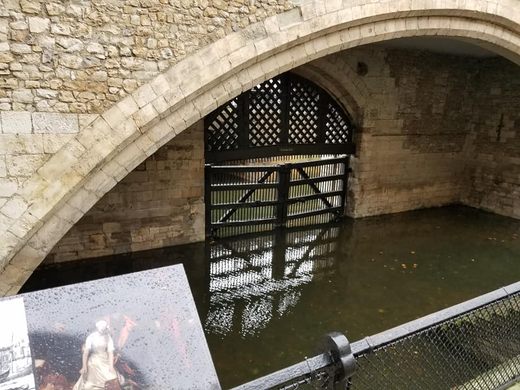




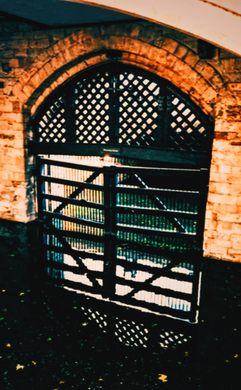




















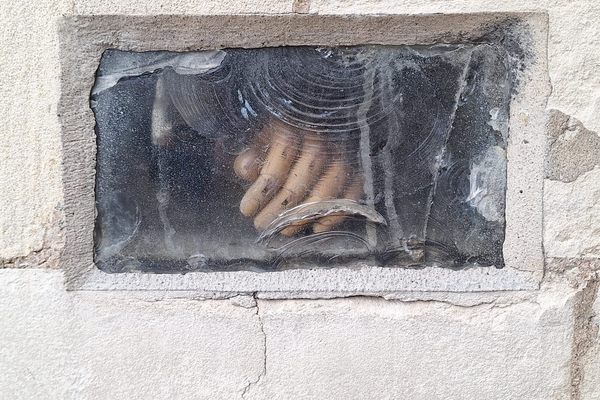
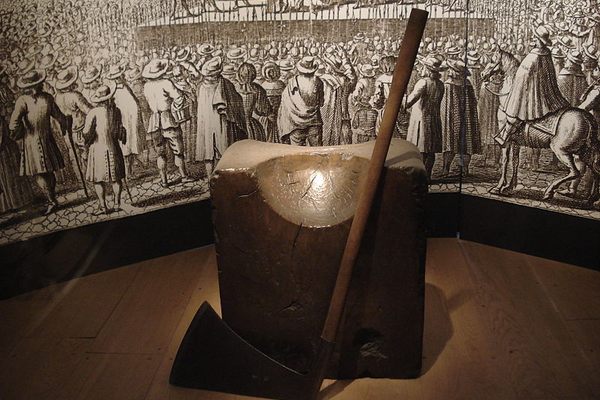

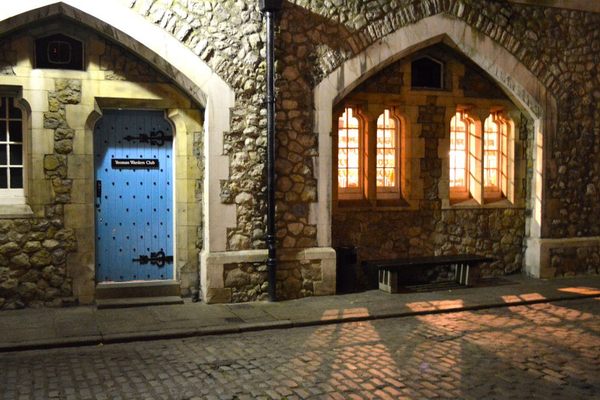






Follow us on Twitter to get the latest on the world's hidden wonders.
Like us on Facebook to get the latest on the world's hidden wonders.
Follow us on Twitter Like us on Facebook